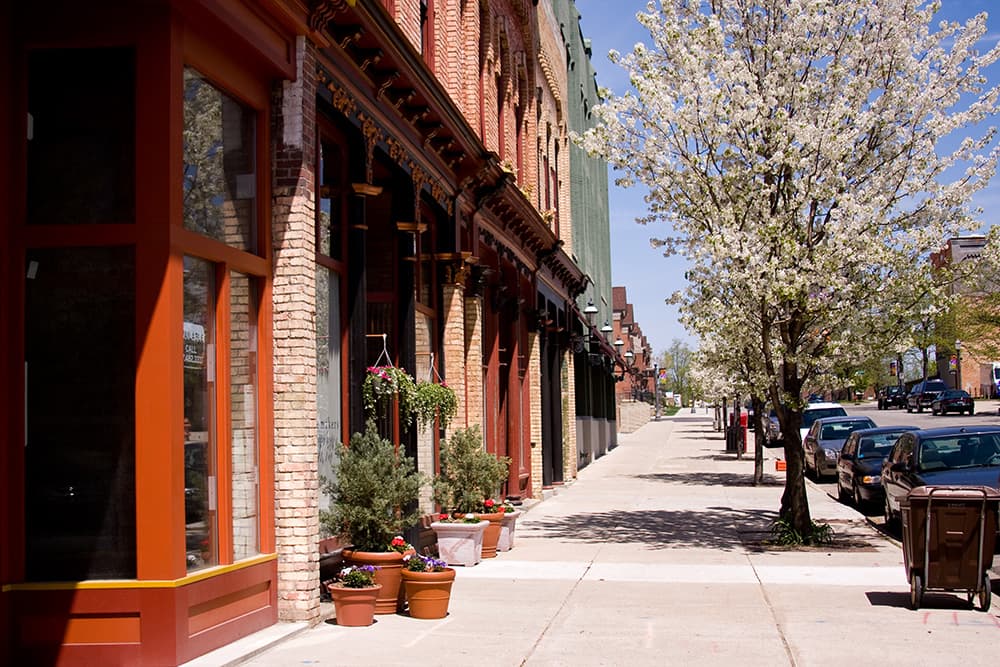

Get Connected
Subscribe to our e-newsetter and get the latest information delivered straight to your inbox.
Articles
Wall Street Journal: Small Businesses May Be Growing Again
Washington, D.C.,
January 12, 2011
By Rex Nutting; Wall Street Journal Large businesses—the good leg—have been growing robustly for at least a year. Production is rising, sales are higher and profits are through the roof. But the recovery missed the second leg—small businesses, which account for about half of U.S. output and jobs. Encouragingly, there are now tentative signs that the second leg may finally be healing. Since the recession ended in mid-2009, we've been relying almost exclusively on larger businesses for our growth. The problem is, large businesses have been relentlessly cutting costs, especially labor costs, to improve their bottom line. Profits are up, but employment is flat. One way to measure this divergent economy is to look at two sets of business surveys. The Institute for Supply Management's business surveys primarily cover middle- and large-sized companies, while the small business optimism index of the National Federation of Independent Business covers smaller companies. The ISM index contracted sharply in the recession, but has recovered nicely, consistent with economic growth of about 5% per year. By contrast, the NFIB index has barely budged off its lows, suggesting that the small-business sector is holding the economy back. It may be one reason why the economy has grown at only a 3% pace, rather than the 5% indicated by the ISM. However, there are clues that small businesses are finally getting back on their feet. Small businesses are regaining confidence that their sales will improve, which would mean renewed hiring and investments, which would in turn mean higher sales for other companies. After four months of gains, the NFIB optimism index slipped slightly in December, but the trend remains positive. The percentage of firms expecting more sales rose to the highest level in more than three years. This is worth celebrating because lack of sales growth has been the No. 1 problem for small businesses. Read more about the NFIB index. There's also evidence that these companies are beginning to invest for the future again. The number of firms in the NFIB survey who said they planned to hire more workers rose in December to the highest level in more than two years. More importantly, these companies are actually hiring, not just talking about it. In December, employment in small firms (fewer than 50 employees) rose by 117,000, the biggest gain in nearly five years, according to the ADP employment report. That number might be overstated because of well-known statistical problems around the end of the year, but the ADP shows that job growth had picked up even before December, rising at the fastest rate since the recession began. For confirmation, the Intuit small business employment index (which covers even smaller companies with fewer than 20 employees) has increased for 15 months in a row. The average employee at one of these companies is working nearly three hours more per month than she was during the worst of the recession. Demand is rising, but sales are still weak, business owners say. The small-business sector has other problems, of course. As usual, a significant number of business owners say taxes and government red tape are their biggest problems. Even with uncertainty about the costs of complying with the health-care law, complaints about big government are no more prevalent now than they were in Ronald Reagan's final year in office. Just 3% of owners say the cost of labor—including wages and benefits—is their biggest concern. Access to credit is still a problem for some businesses. Most owners who need credit say they can get it, but about 11% of regular borrowers say they expect that loans will be harder to get over the next few months. Banks do seem more willing to provide loans now than they were two years ago. According to the Federal Reserve, banks have been easing credit standards for loans to small businesses since July. However, demand for loans has been weak until recently. According to the Fed, commercial and industrial loans (to all sizes of companies) from banks have risen at a 10% annual rate since the last week of November, after falling at a 2% pace in the three months before that. Such loans have declined by about 21% since the collapse of Lehman Bros. in September 2008. It's too soon to know if the recent increase is a new trend, or just a blip in the data. See the data on the Fed's website. Borrowing is particularly difficult for entrepreneurs starting up a company. Many of them rely not on regular lines of business credit at the bank, but on personal loans backed by their home equity or personal credit cards. New companies just don't have the track record to qualify for a business loan. A recent study by economists at the Cleveland Federal Reserve Bank found that about a fifth of small-business owners had borrowed against their home to help finance their business. But with home prices down some 30% from the peak and still falling, that option has been closed off for many would-be entrepreneurs. Read the research here. Funding for start-up companies remains a key obstacle for the economy. Although you hear over and over again that small businesses are responsible for the vast majority of job creation, that's not quite accurate. Data from the Bureau of Labor Statistics shows that most jobs are created by brand-new companies (which tend to start small). Past their first birthday, small companies actually lose more jobs than they create. Read my earlier column about job growth and new companies. If we don't have many new businesses, we won't have very much job creation. Given the reliance on home equity to finance start-ups, further declines in home prices could doom us to more years of high unemployment, even if the rest of the small-business sector gets moving again. |